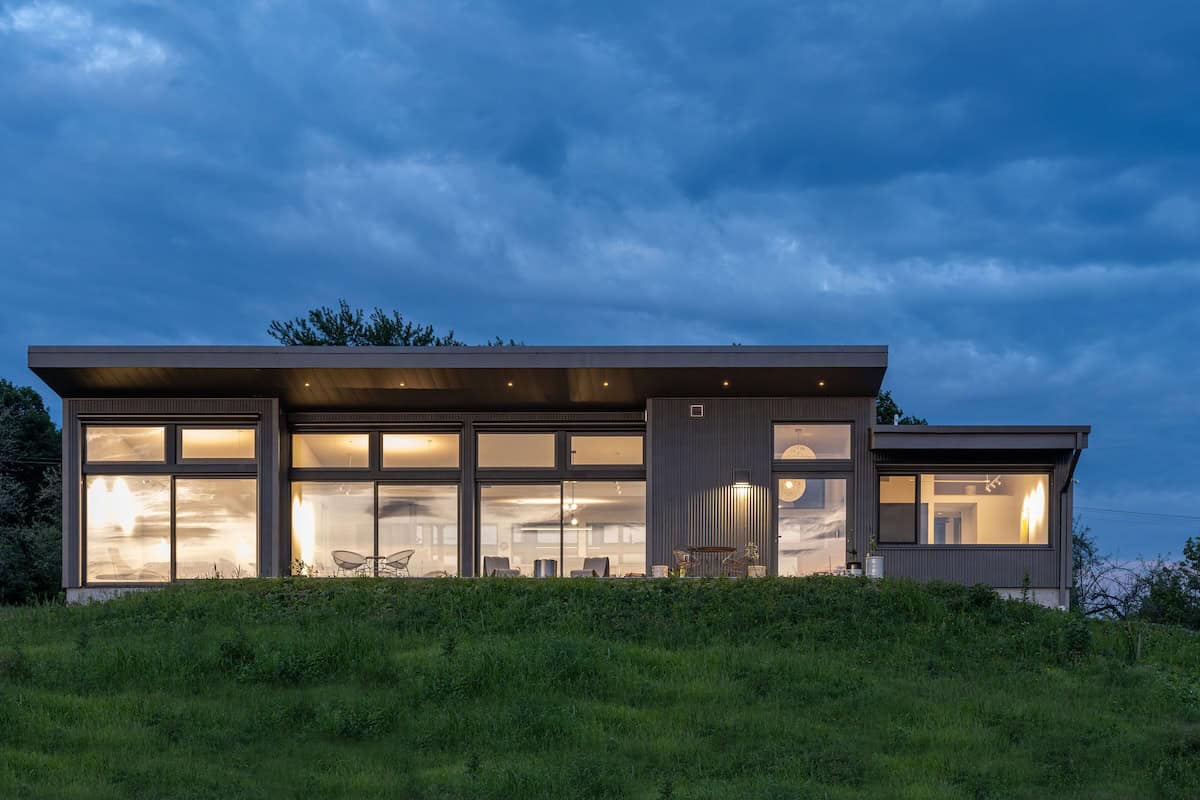Any home, regardless of its age, can be efficient. Modern building codes require new homes to be more energy efficient, but existing home can be updated to be more energy efficient. People who live in these dwellings can also practise energy-saving habits. Consider investing in energy efficiency before designing a new house or remodelling an old one. You'll save energy and money, and your house will be more pleasant and long-lasting as a result. What is an Energy Efficient Home?
An energy-efficient home is built to preserve and minimise energy consumption. The structure, appliances, and significant features of a home may all have an influence on efficiency, so there's a lot to think about while looking for your first home.
In addition to wanting to safeguard the environment, many families are adopting sustainable solutions for cost-efficiency and health. Because of the increased eco-consciousness in the construction sector, more contractors are thinking about how they build homes.
How to make a house Energy-Efficient?
1) Set up Solar Panels
The first and most important step in making your house more energy-efficient is to install a solar panel. You can have them put on your rooftop, and believe it or not, they can really help you save money on power by allowing you to generate your own.
This is definitely something to think about, especially considering how inexpensive they are. It isn't for everyone, but as we progress in the green movement, you will see an increase in the number of individuals who choose to have solar panels placed in their houses.
2) Opt for Energy-Saving Appliances.
When looking for new appliances to help make your house more energy-efficient, seek for those with the HE emblem. Energy-star certified appliances consume less energy, and while they may cost a little more initially, they are a far better investment for you. This is due to the fact that it will save you money in the long run when it comes to operating your appliances. You can seek a professional residential electrician’s help if you with energy-saving appliances.
3) Employ Compact Fluorescent Bulbs (CFLs)
If you have outdated light bulbs in your house, you may find that you are consuming far more energy than you need to. This is why so many individuals are making the transition to fluorescent lamps. They may be more expensive at first, but you will save money in the long run.
They may last up to 12 times as long as a standard incandescent bulb. You can even mix them up and use some fluorescent lights and some incandescent bulbs and still see a significant improvement in your overall energy use.
4) Consider Getting New Windows
Your windows may also lead you to lose a lot of heat in the winter and a lot of cool air in the summer. This can have a significant impact on your energy bills over the course of the year. Some older varieties of windows aren't as energy efficient as you'd like them to be.
Single-pane windows and aluminium frames are inferior than double-pane windows and other vinyl frames. You might also consider tinting your windows and leaving your curtains open to bring in some free light. If you run into problems, you might always employ a window installation professional.
5) Set up a Programmable Thermostat
Another effective technique to reduce energy use in your home is to use a programmable thermostat. Set the thermostat to a higher temperature when you're gone, or lower in cooler months. A programmable thermostat is inexpensive, and the money saved by lowering energy use may be used to pay for it in a matter of months.
Future of energy-efficient homes
Though, from the outside, energy-efficient dwellings will seem no different than the houses we have today. All that will change is the efficiency of technology and how it makes our lives easier. Not only that, but it will play a larger role in protecting our environment from global warming for future generations. It is critical that people comprehend and gather information about the upcoming "new normal," which will assist us in making our lives better.





Comments